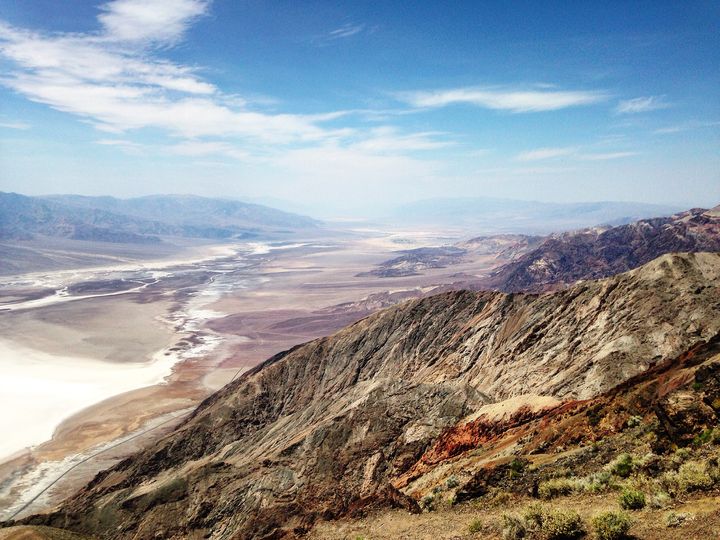
Nothing says summer like a road trip, and California is known for some of the most iconic routes. Historic Route 66 and the coastal wonder of Highway 1 get loads of traffic and visitors each year, but there’s another equally storied and stunning road that often gets ignored. Route 395 winds through the slopes of the Sierra Nevada’s, taking you through dramatic landscapes, snowy mountains, desert sunsets, and sparkling lakes.
The route holds a fascinating history too. Explore ghost towns from gold rush days, Western movie film sets and props, and the somber history of Japanese-Americans in WWII. If you’re still looking for a summer road trip destination this year, Route 395 is it. Here’s how to see the best of it in five days.
Day 1
If you’re coming from somewhere other than southern California, fly into the Reno-Tahoe International Airport, then rent a car and make your way to Tahoe South. Spend the afternoon hiking, kayaking, paddle boarding, or hanging on the beach and taking in the serenity. Van Sickle Bi-State Park has a great easy hike that takes you up to a waterfall with panoramic views of crystal blue Lake Tahoe basin.
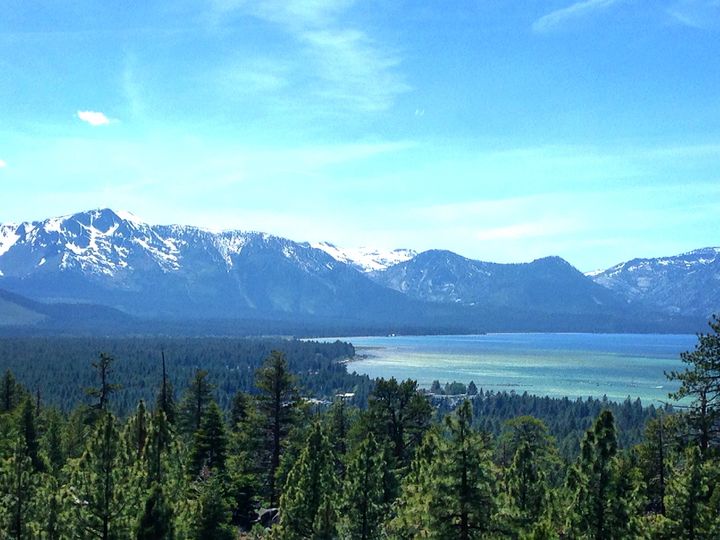
Where to stay: 968 Park Hotel. Part of the Joie de Vivre Hotel collection, the eco-friendly boutique 968 Park Hotel features handmade furnishings, a beautiful outdoor terrace, and is family friendly.
Where to eat: Get dinner at Dough and dessert at Sno. Create your own pizza followed by create your own froyo right next door. Looking for late night entertainment? Casinos and bars fill the town, but the Loft Theatre offers something unique. Cocktails, board games, fireplaces and s’mores, as well as nightly magic shows. For breakfast, try the Driftwood Cafe, a family-run spot serving hearty breakfast classics with friendly service.
Day 2
Take the 395 through Mono County. On today’s drive, you’ll see the mountains loom larger and the roads become windier, providing some of the most rugged and spectacular views of the trip. Once you hit Bridgeport, look for State Route 270, where you’ll go east for 10 miles then take a dirt road on to Bodie State Historic Park, which is possibly America’s eeriest town. A boomtown during the gold rush, Bodie was devastated by fire in 1932. Only about 100 structures are left standing today, including the Standard Mill and homes still stocked with goods and supposedly haunted. A tour is highly recommended so you know the history behind the buildings.
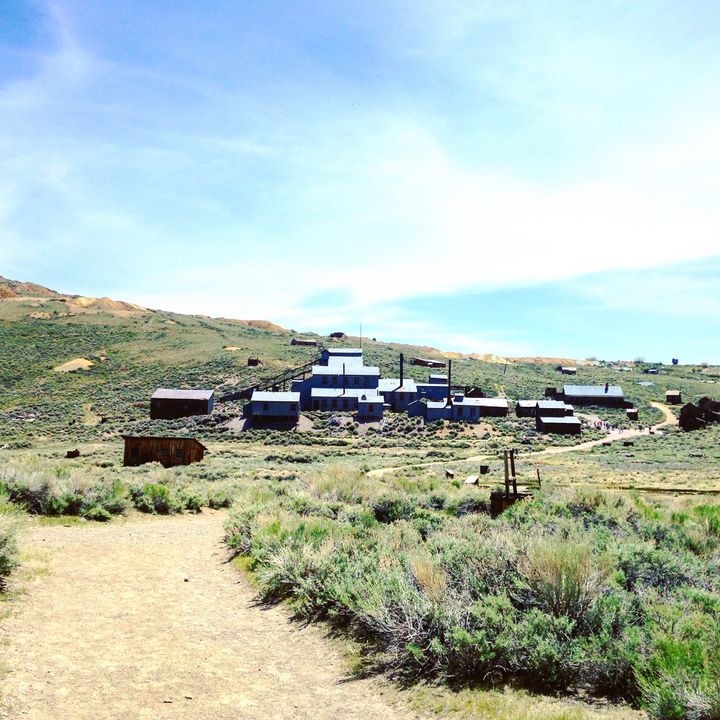
To calm your nerves, stop for lunch at the historic Mono Inn, where chef Jim O’Meally serves beautiful high-end dishes like wild Pacific salmon and black mussels steamed in local beer.
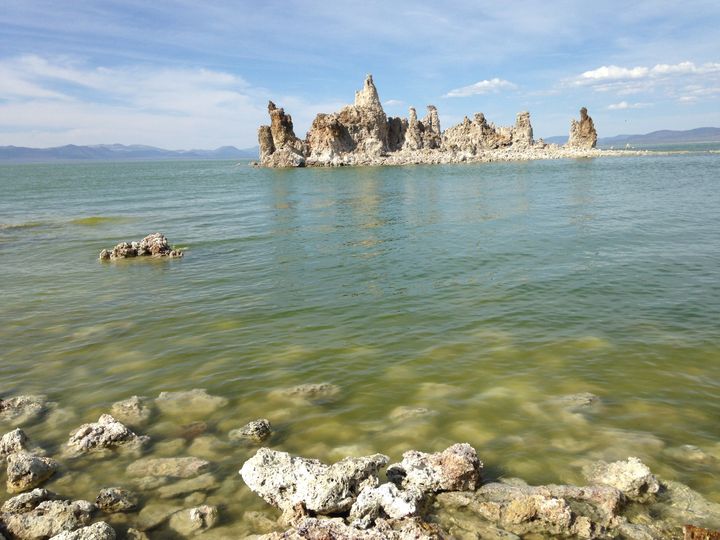
Once you’re fueled up from lunch, visit Mono Lake Tufa State Natural Reserve, where you can take in tufa towers (calcium-carbonate formations), a variety of rare bird species, and picturesque blue waters. Over one million years old, Mono Lake is one of the oldest lakes in North America. It has no outlet, and over the years salts and minerals washed into the lake while freshwater evaporated, leaving it about 2.5 times saltier than the ocean.
Back on the road, detour a bit from Route 395 on Hwy 158, otherwise known as the June Lake Loop. The views of smaller lakes, mountain towns, and snowy peaks are worth a bit longer in the car.
Arrive in Mammoth Lakes, high in the Eastern Sierras. Mammoth Lakes offers skiing and snowboarding as late as July, but in warmer months you can also hike, mountain bike, fish, bird watch, and more.
Where to stay: Sierra Nevada Resort & Spa. After a long day of driving and adventure, you’ll want to relax. The resort features a pool, a spa, fireplace suites with large soaking tubs, three onsite restaurants, and an activity and game center for kids.
Where to eat: You can eat at the resort, or walk a few blocks to Mammoth Rock Brasserie, one of the best restaurants along your entire route. Chef Frederic Pierrel brings classic French cooking to the Sierra Nevadas, mixing in local fare like elk to create incredible dishes with an upscale-casual vibe.
Day 3
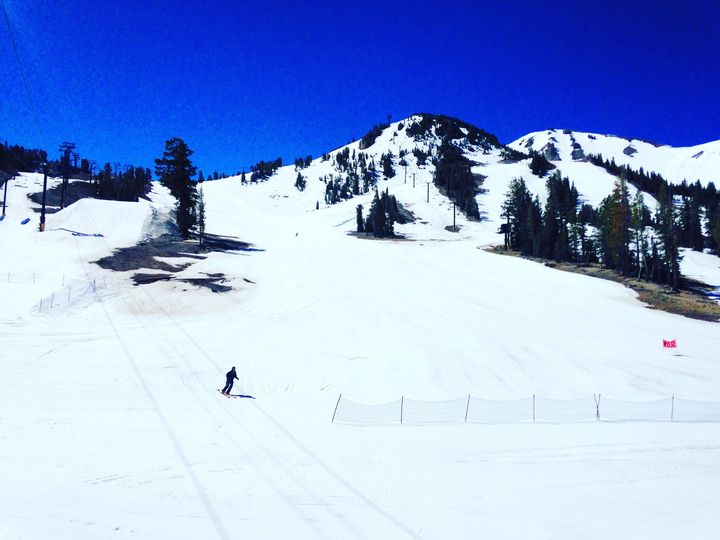
Head to Mammoth Mountain and Minaret Vista for views over the mountains and the Mammoth Lakes Basin, or for a morning of skiing. Then get back on the road for an hour and a half drive to Lone Pine, a small town founded in the 1960s to support local mining communities. You’ll see Mount Whitney rise magnificently before you, while the rest of the terrain turns to red and orange desert hues. Rolling into Lone Pine you’ll have an overwhelming feeling that you are not in Mammoth Lakes anymore; you’re in the Wild West.
Stop for lunch at the Alabama Hills Cafe, a popular local spot that has everything you want from a road trip diner–slightly greasy homemade food, friendly service, and a feeling that you stumbled into a secret local gem.
After lunch, visit the Lone Pine Film History Museum. If you love western movies, you’ll be blown away by the collection of costumes, movie cars, and other memorabilia on site. Take a short driving tour of Movie Road, where you can see the shooting locations throughout the Alabama Hills. Some more modern films, like Gladiator and Iron Man, were also filmed here.
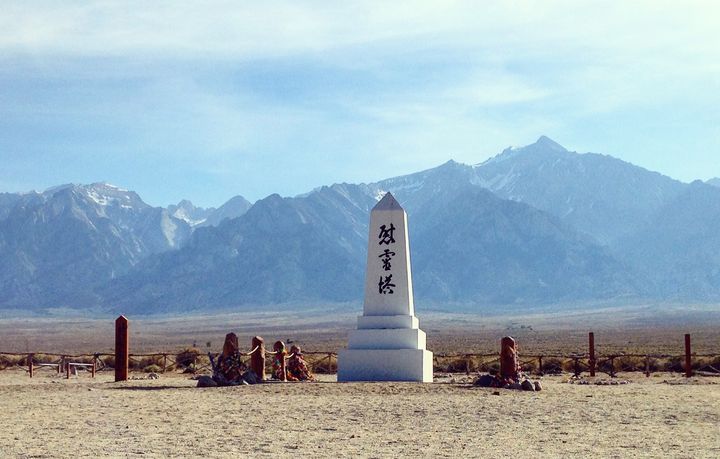
Continue your education at the Manzanar National Historic Site, where more than 10,000 Japanese-Americans were detained during World War II. The camp exists today to ensure the stories of those relocated there are remembered for generations to come. It’s not an uplifting destination, but it is a fascinating and important one.
Where to stay: Best Western Plus Frontier Motel. Like other Best Westerns, this branch offers free breakfast and parking, but its views are better than most!
Where to eat: Alabama Hills Cafe for lunch. There are several dinner options in Lone Pine, but Seasons Restaurant is one of the best.
Day 4
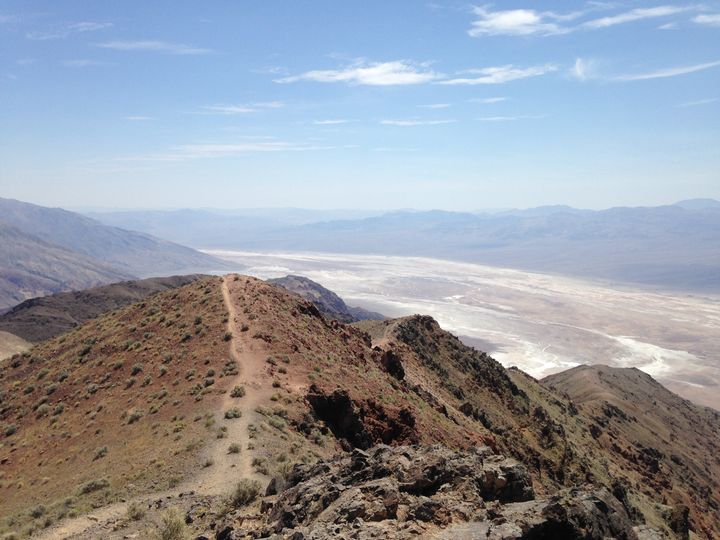
Today you embark on one of the most exciting parts of the trip–Death Valley National Park. Low valley floors, salt flats, ragged peaks rising up to 11,000 feet, deep canyons, and rolling sand dunes make up 3.4 million acres of park land. It gets hot in the summer, so make sure to drink much more water than you think you need and keep your hiking to a minimum. The park is best explored by car in the summer, and there are several fantastic lookout points. Stop at Dante’s View for a lookout over salt flats and mountains; Badwater Basin, the lowest point in the United States; and take a loop through Artist’s Palette, where iron, copper, sulfur, and other elements create a rainbow effect on the rocks. The vibrant, saturated sunsets at Death Valley are truly amazing, as is stargazing at night. An early morning wake up is worth it to catch sunrise over the Mesquite Dunes.
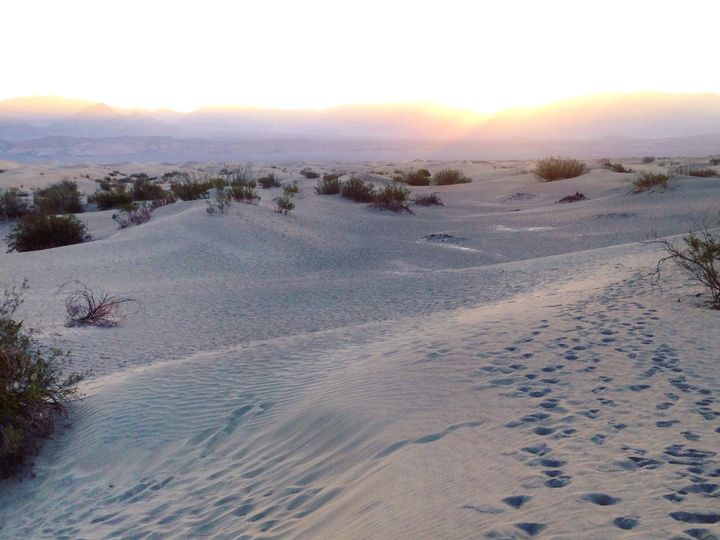
Where to stay: Stovepipe Wells Village. One of three resorts near Death Valley, Stovepipe Wells Village rests in the middle of a luxury resort and budget option, making it great for families and those looking for hotel amenities, air conditioning, dining options, and guided services.
Where to eat: Stovepipe Wells Village has a saloon and restaurant onsite.
Day 5
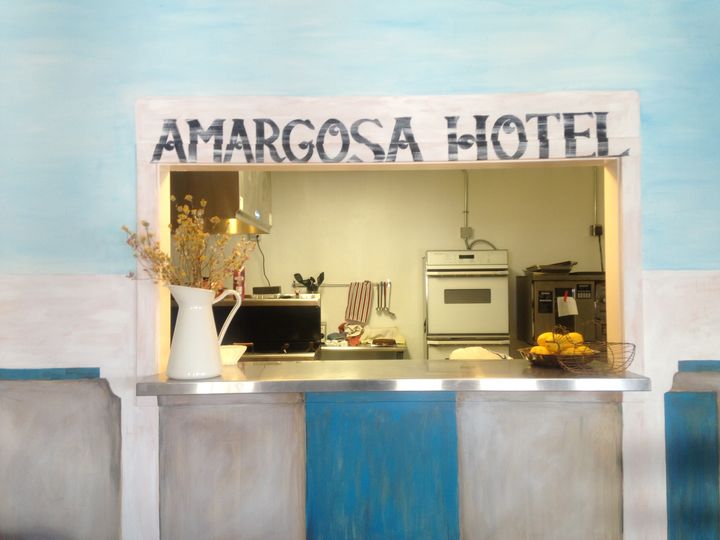
Your Route 395 adventure is coming to an end, but before you fly out of Vegas there’s one more stop you shouldn’t miss. Death Valley Junction’s Amargosa Opera House & Hotel is in the middle of nowhere, but it has a rich history. New York City ballerina Marta Becket was driving to California when her car broke down in Death Valley Junction, where she decided to stay forever and open her own theater. Soon, she was performing for packed houses, a tradition that lives on today through new performers. Visit the theater and take time to marvel at the hand painted murals on the walls.
Where to eat: The recently opened Amargosa Cafe serves gourmet local fare that will surprise you for being served in the middle of the desert. The avocado toast is wonderful.
Arrive in Vegas and spend some time on the strip or fly out of town as fast as you can. To each her own. Either way, that's a wrap on your Route 395 road trip through America's stunning wild west.
